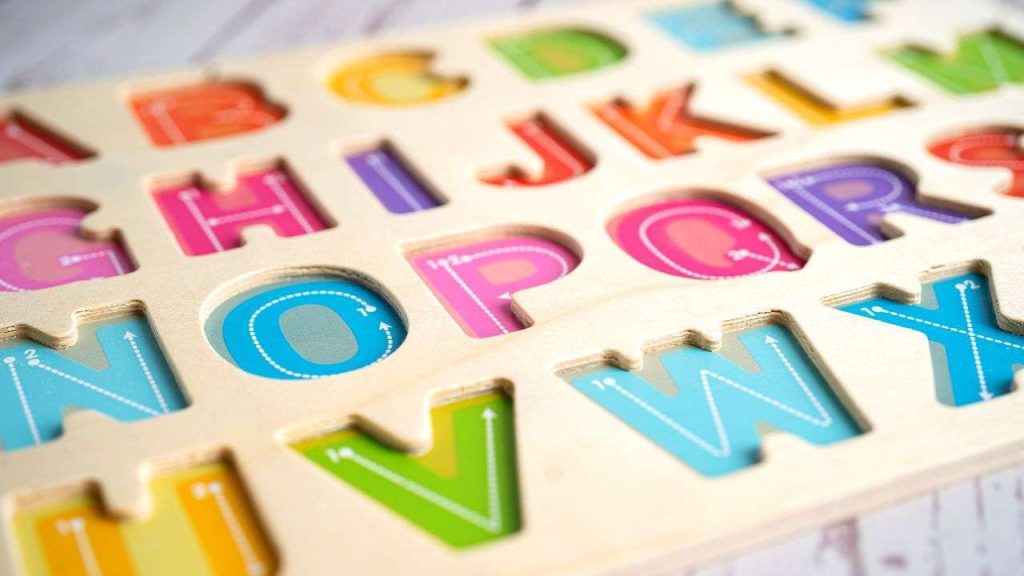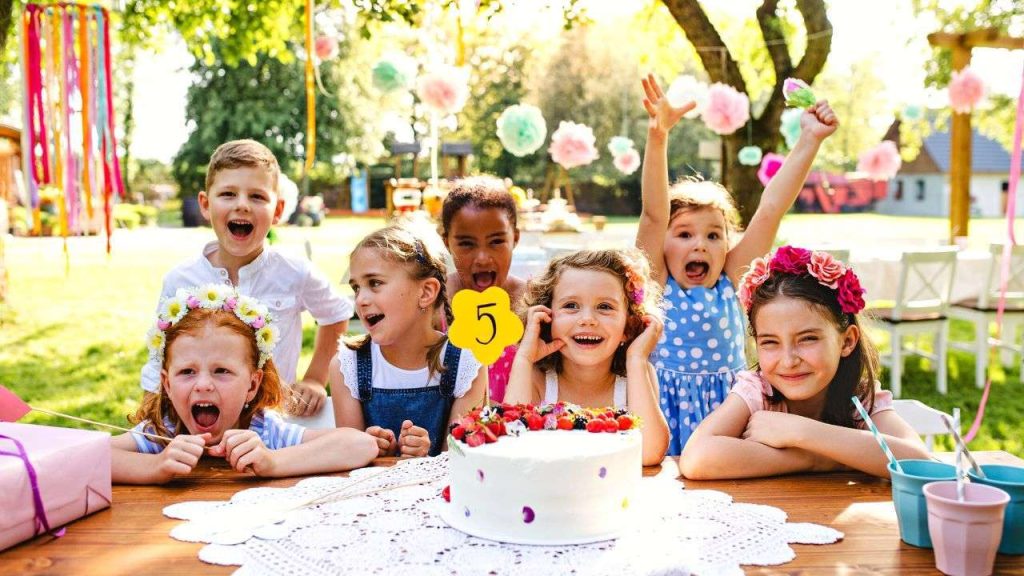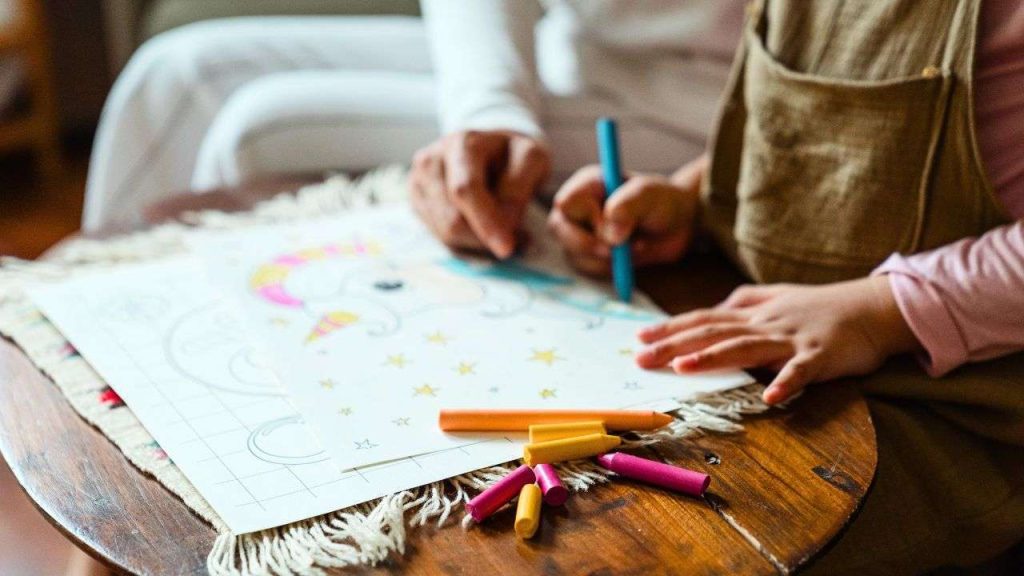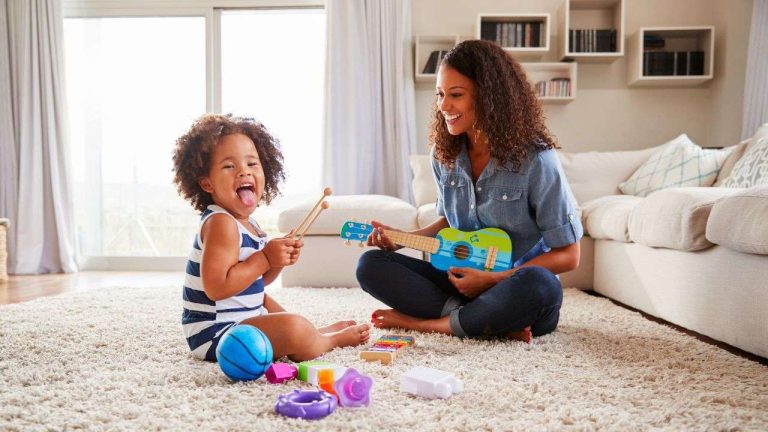Hello there! If you’re reading this, it likely means you’re a parent interested in how to teach Spanish to kids at home. Fantastic! Your journey into enriching your child’s world with a second language is such a rewarding one, and I’m here to help guide you through it.
Language skills are not just about communicating. They’re about connecting, understanding different cultures, and opening doors to a world full of opportunities. And Spanish, being one of the most spoken languages in the world, is a great choice. But where to start?
While you may not be a seasoned Spanish teacher (yet!), with a little guidance and the right resources, you’ll be well on your way. In this hub, we’re going to explore various approaches to teaching Spanish at home, from learning the basics like the alphabet and numbers, to fun activities such as colouring books, lullabies, and even singing the Happy Birthday song in Spanish.
Each section links to a detailed guide with tips, activities, and advice on teaching these specific topics. So, whether you’re a native speaker keen to pass on your heritage, or you’re learning right alongside your little one, there’s something here for everyone.
Table of Contents
Diving into the Colorful World: Teaching Colours in Spanish

Starting with the basics always makes sense, especially when you’re introducing your child to a new language. Teaching your child colours in Spanish can be a joyous and engaging experience. It’s not just about memorising words, but a chance to explore the world around them in a new language.
Imagine your little one pointing out the ‘azul’ sky on a sunny day or finding ‘rojo’ flowers in your local park. Isn’t it exciting to see them connect their surroundings with new Spanish vocabulary?
Now, you might be thinking, but how can I make this learning fun? No worries at all. We’ve put together a fantastic guide, “Colours In Spanish For Kids: Top Tips And Fun Activities For Home Learning” that offers creative and interactive ways to introduce colours and teach Spanish to your child. It’s filled with activities that don’t feel like traditional learning but are still very effective.
From colourful scavenger hunts to painting sessions, there are so many ways to make learning colours in Spanish a delightful experience. Ready to add a splash of colour to your child’s Spanish learning journey? Dive into our Colors in Spanish guide, and let’s make language learning a colourful adventure!
A Numerical Adventure: Numbers in Spanish

Onwards we go, into the land of numbers! One of the most engaging aspects of learning a new language is discovering how to count. It’s not just a fundamental skill, but a doorway to games, activities, and even understanding age and time.
Teaching numbers in Spanish can be an enriching experience for your child, equipping them with an essential language tool. From playing ‘Uno, Dos, Tres’ (One, Two, Three) game in the park, to counting ‘estrellas’ (stars) at night, learning numbers can seamlessly integrate into your child’s everyday life.
“But where to start?” you might ask. We have you covered. In our article “Unlock The Magic Of Numbers In Spanish: A Fun And Engaging Way To Teach Spanish to Your Kids!”, we offer plenty of inventive ways to make learning numbers fun and stimulating. We believe that turning a lesson into a play session can work wonders in helping kids grasp new concepts.
So why wait? Join us in this numerical adventure and explore how numbers can add a new dimension to your child’s Spanish learning experience. You’re just one click away from turning this learning journey into an exciting game! Check out our comprehensive Numbers in Spanish guide to get started.
The Foundation of Language Learning: The Spanish Alphabet

Next on our language learning journey, we dive into the vibrant realm of the Spanish alphabet, which is a fantastic way to lay another strong foundation for your child’s language learning journey.
The Spanish alphabet isn’t as daunting as you might think. There are just a few more letters than in the English alphabet, and many of them sound quite similar. Plus, it’s a fun and interactive way to introduce your child to Spanish. It can be a chance to share some playful learning time together.
So, how can you make this process exciting and easy for your child? Well, our article, The Fun and Easy Ways to Teach Spanish to Your Kids the Spanish Alphabet offers plenty of great ideas. From interactive games to colourful flashcards, there are a myriad of techniques that can turn this fundamental learning step into a delightful activity.
Go on, dive into the world of the Spanish alphabet. Learn how to pronounce each letter correctly, discover creative teaching methods, and start helping your child practice today. Curious to know more? Explore our comprehensive Spanish Alphabet guide. It’s packed with insightful tips and strategies to make your child’s Spanish learning journey a fun-filled experience.
Fun with Fauna: Learning Animal Names in Spanish

Animals and children share a special bond. The intrigue, the curiosity, the affection – it’s a world of discovery and joy. Now, imagine coupling this natural fascination with language learning. Yes, we’re diving into the world of animals, or should I say ‘animales’, in Spanish!
Learning animal names in Spanish can be a thrilling way to expand your child’s vocabulary and make their language learning journey more engaging. Can you picture the delight when your child sees a ‘perro’ (dog) in the park and excitedly tells you the Spanish name?
Our article, “Discover 100+ Amazing Animals In Spanish: Your Ultimate Guide To Learning Animal Names!” is designed to make this learning process fun and interactive. It’s packed with ideas for activities, games, and even songs that involve animals.
Teaching your child the names of ‘animales’ is not just a vocabulary lesson; it’s a way to explore the world, inspire curiosity, and foster a love for learning a new language. So, are you ready to embark on this exciting linguistic safari? Take a walk on the wild side with our comprehensive guide Animals In Spanish. Let’s turn this into an adventure your child will cherish.
Infusing Spanish in Festivities: The Happy Birthday Song in Spanish

Birthdays are always special, filled with laughter, cake, and of course, the quintessential ‘Happy Birthday’ song. But imagine surprising your little one by singing it in Spanish next time! It’s a fun, festive way to infuse Spanish into your family celebrations.
The ‘Happy Birthday’ song, or ‘Cumpleaños Feliz’, as we say in Spanish, is familiar yet new. Your child already knows it, but learning it in a different language adds a novel layer of excitement. Not to mention, it’s an engaging way to practice pronunciation and rhythm in Spanish.
Now, if you’re thinking, “That sounds wonderful, but I don’t know the song in Spanish,” don’t worry. We’ve prepared a comprehensive guide, “Happy Birthday Song In Spanish: A Comprehensive Guide To Teach Spanish to Your Kids”. This guide will take you through each line of the song, with pronunciation tips to make sure you get every syllable just right.
Celebrations are more than just parties; they’re opportunities for learning and making memories. Ready to add a Spanish twist to your child’s next birthday party? Check out our article Happy Birthday Song in Spanish, and let’s make your child’s next birthday even more memorable with a Spanish serenade.
Sweet Dreams with Spanish Lullabies

Bedtime is a special time between parents and their children, a time of tranquillity, closeness, and lullabies. Adding Spanish lullabies into your nightly routine can be a magical way to soothe your little one to sleep while subtly introducing them to the Spanish language.
The soothing rhythms, the gentle melodies, the poetic lyrics – Spanish lullabies, or ‘canciones de cuna’, offer an immersive experience into the world of Spanish sounds and rhythms. They’re not just for your child, though. Singing lullabies in Spanish can be a relaxing way for you to practice your pronunciation and fluency as well.
But where can you find these lullabies, and how can you learn them? That’s where our guide, “Spanish Lullaby: Discover Magic And Soothing Tunes For Your Baby’s Dreams!” comes in. We’ve compiled a selection of the most beautiful Spanish lullabies for you and your little one to enjoy. Each lullaby comes with lyrics, ensuring you can sing the gentle words to your child.
Are you ready to add a lullaby in Spanish to your child’s bedtime routine and make their dreams a little more magical? Explore our Spanish Lullaby article, and transform bedtime into a serene language learning experience.
Bringing Language to Life: Spanish Coloring Books for Kids

One of the most effective ways to make language learning enjoyable for kids is to combine it with activities they already love. And what do kids universally adore? Yes, you’ve guessed it: colouring! This is where Spanish coloring books for kids come into play.
Coloring books offer a wonderful platform for your child to learn and reinforce Spanish vocabulary. Picture a book filled with ‘gatos’ (cats), ‘flores’ (flowers), ‘árboles‘ (trees) and more, waiting to be brought to life with your child’s favourite colours. It’s an interactive, creative, and relaxing way to introduce new words, without your child even realising they’re learning!
In our article, “Best Spanish Coloring Books For Kids!” we’ve put together a collection of engaging and educational Spanish coloring books your child will love. They’re designed not just for fun, but also to help your child absorb and recall Spanish vocabulary effectively.
Ready to watch your child’s Spanish skills bloom in the most colourful way? Discover our recommended Spanish coloring books here, and let’s turn language learning into a vibrant journey of discovery.
Spanish Books for Kids: Expanding Their Horizons

After mastering the basics and exploring the fun side of learning Spanish, it’s time to level up your child’s learning journey through exposure to the written word. Spanish books for kids can significantly enhance language acquisition, helping your little ones to broaden their vocabulary, improve understanding of sentence structures, and get a feel for the flow of the language.
Introducing Spanish books early on can instil a love for the language in your child. Just like how a good story captivates their imagination in English, a captivating Spanish story can do the same, but with an added perk – language learning. The wonderful thing about these books is they are graded, so they match the child’s level of understanding. Starting from easier books and gradually moving to more advanced ones can make learning an enjoyable process, fostering voluntary reading.
However, finding the right Spanish book for your child can seem daunting. To make it easier for you, I’ve curated a list of the top Spanish books for kids. These books were chosen based on their engaging content and effectiveness as language learning tools.
So, whether your child is just starting their Spanish journey or looking to improve, these books will serve as wonderful companions. To get started on this exciting new phase in your child’s Spanish learning journey, check out our detailed guide on Spanish books for kids to read. These well-loved books might just turn your little language learner into an avid bookworm!
Final Words On How You Can Teach Spanish To Your Child At Home
And there you have it! These are some of the many wonderful ways to make learning Spanish at home a delightful journey for your child.
The resources and activities we’ve shared can seamlessly blend into your everyday life, making language learning an enjoyable journey rather than a chore.
Remember, the goal is to create engaging experiences that will help your child love learning Spanish. So, whether it’s counting stars or naming animals, every moment can be a language lesson in disguise.
Let’s make language learning exciting, one Spanish word at a time. Let the adventure begin!
FAQ
What is the easiest way to teach Spanish to someone?
The easiest and most effective method to teach someone Spanish, or any language, is through language immersion and acquisition. This approach imitates the natural way we learn our first language, by incorporating Spanish into everyday activities and conversations. It creates a dynamic learning environment where learners pick up vocabulary, grammar, and pronunciation organically, making it a more natural and enjoyable process.
How do I teach my 3 year old to speak Spanish?
To teach Spanish to a 3-year-old Spanish start with introducing them to basic vocabulary and making Spanish a part of your home environment as much as possible. Children this age learn by absorbing the world around them, so play Spanish music, watch Spanish movies, and include Spanish in daily activities. A Spanish coloring book, for example, can be a fun and effective learning tool. The goal is to maximise exposure to the language and make it a fun and natural part of their day.
Is it too late for my 5 year old to learn Spanish?
Absolutely not! In fact, 5 years old is an ideal age to start learning Spanish as a second language in a class environment. At this age, children already have foundational language skills through their first language and will be quick to learn a new one. At Spanish Connect, we start teaching kids from the age of 5, tailoring our approach to their developmental stage and making language learning an engaging experience.
Is 3 years enough to learn Spanish?
It is never too early to start learning Spanish. It’s important to engage your child in age-appropriate activities that promote language learning. At this age, it is easier and more convenient to teach them at home. Start with the basics, such as colors, numbers, and the alphabet. Use resources such as coloring books that are designed for toddlers. The key is to integrate Spanish learning into their daily activities, making it a fun and natural process. For a more in-depth guide on how to teach Spanish to your child, you can refer to this article.
Is 40 too old to learn Spanish?
Definitely not! No one is too old to learn a new language. The key to successful language learning at any age is to engage in activities that match your preferences and lifestyle. If you enjoy travel, consider a language immersion trip. Join Spanish conversation or reading groups, listen to Spanish storytelling, or even get a Spanish tutor. The most effective way to learn a language is to immerse yourself in the language and culture as much as possible.
Do bilingual children learn slower?
No, being bilingual doesn’t cause a child to learn slower. In fact, research has shown multiple benefits of being bilingual, including improved cognitive flexibility and problem-solving skills. It’s important to remember that every child is unique and develops at their own pace, whether they’re learning one language or two.





